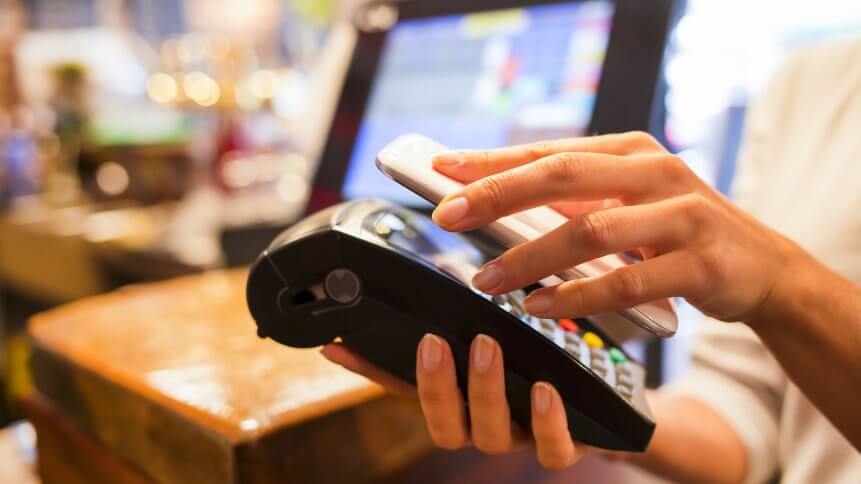Cashless and Cardless: How will it affect businesses?

Back in November 2016, mobile browsing overtook desktop for the first time. Most will accept that we are now living in a mobile-first age. But it’s essential to understand how far we have come since that watershed moment and how the business landscape is continuing to evolve as a result.
Around that same time, Sweden led the charge followed by other Scandinavian countries into the world of cashless transactions. Carrying around pockets full of loose change and pieces of paper in exchange for goods quickly began to feel primitive in an era of mobile payments.
These trends quickly spread worldwide. But we are no longer just talking about going cashless. It is spreading to cardless payments too.
Cardless payments
In Australia, 71.7 percent of people over fourteen have made a mobile payment within the last twelve months. Families across China and India who previously did not have the luxury of a bank account are now thriving in a new era of digital payments. But what does this mean for businesses?
In our former analog world, retailers often battled with the nice problem of having to handle physical cash. Armored-truck pickups and risky trips to the bank are all beginning to disappear. As a result of customer-driven changes, many retailers are also replacing cash registers with self-serve checkouts.
Signing receipts in a shop or writing a cheque already feel out of place. Payment technology is evolving at an incredible rate, and even chip and pin is showing its age. Welcome to a new cashless and cardless world of smartphone payments with biometric authentication.
Challenges and opportunities
In the West, many have enjoyed the luxury of a bank account for decades. But there is increasing unease about sleepwalking into a cashless society. If we don’t bring everyone along for the ride, many could quickly feel marginalized and disenfranchised from infrastructure that used to support them.
Others could also feel that cashless is a massive scam– a smokescreen to enable authorities to monitor every aspect of your spending. An article in the Guardian suggested that “Just like Google wants everyone to access and navigate the broader internet via its privately controlled search portal, financial institutions want everyone to access and navigate the broader economy through their systems.”
However, it’s crucial to look at the bigger picture here. Technology is actually helping 1.7 billion people without a bank account who have been largely ignored, until now. Cardless payments are ushering in a new window of opportunity for the world’s unbanked, and economies across Asia and Africa are being transformed as a result.
Cardless payments are also ushering in a new era of financial inclusion throughout the world. This new mindset is empowering people and communities in developing countries and helping emerging economies thrive.
YOU MIGHT LIKE

Europe is becoming a cashless payments hub
Businesses must lead the way
When I spoke to Gary Vaynerchuk recently about the challenge of privacy over convenience, he replied, “I think people care about privacy in theory. But then don’t live it.” Make no mistake, as we increasingly use our smartphones to complete transactions, people will stop carrying a wallet of physical cards and wait in line at an ATM.
As the cashless and cardless economy continues to gather pace, businesses must plan for an inevitable future of payment. Digital payments are no longer a luxury, but a customer expectation in every corner of the world.
As cash payments continue to decrease year on year, businesses must lead the way and enhance the customer experience. It’s the only way they will appeal to digital natives who reject the friction points of the past. Equally, they must not alienate the older generation either.
The game-changer moment first arrives when one by one, each customer begins to stop reaching for their wallet when they need to pay for something. In our immediate future, tech-savvy consumers will expect an entirely different payment experience, and those that cannot provide it will run into problems.
Buzzwords such as convenience, experience economy, and cashless society are all converging to ensure that digital payments become the norm. The future of payments is cashless, cardless, and contactless. But what is your business doing to prepare for the rising expectations of your consumers?








